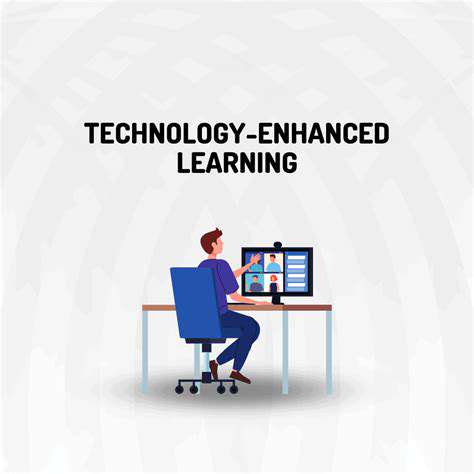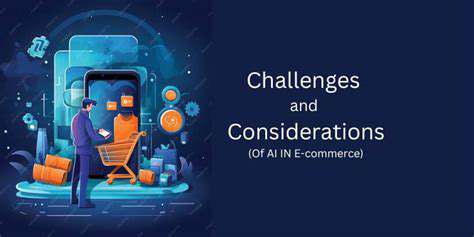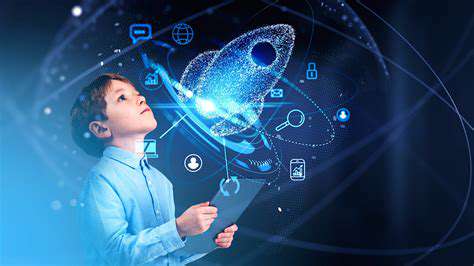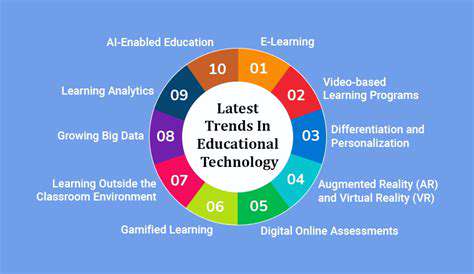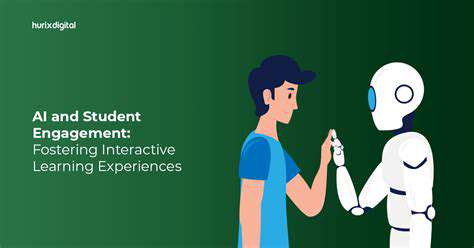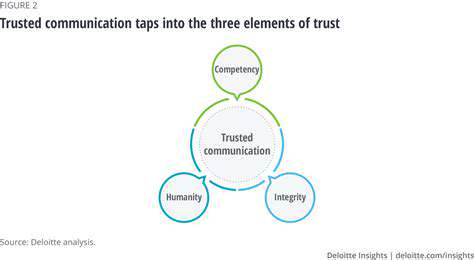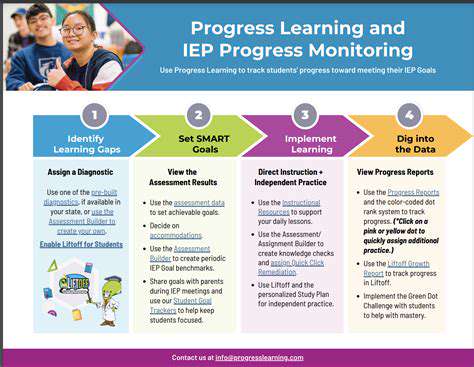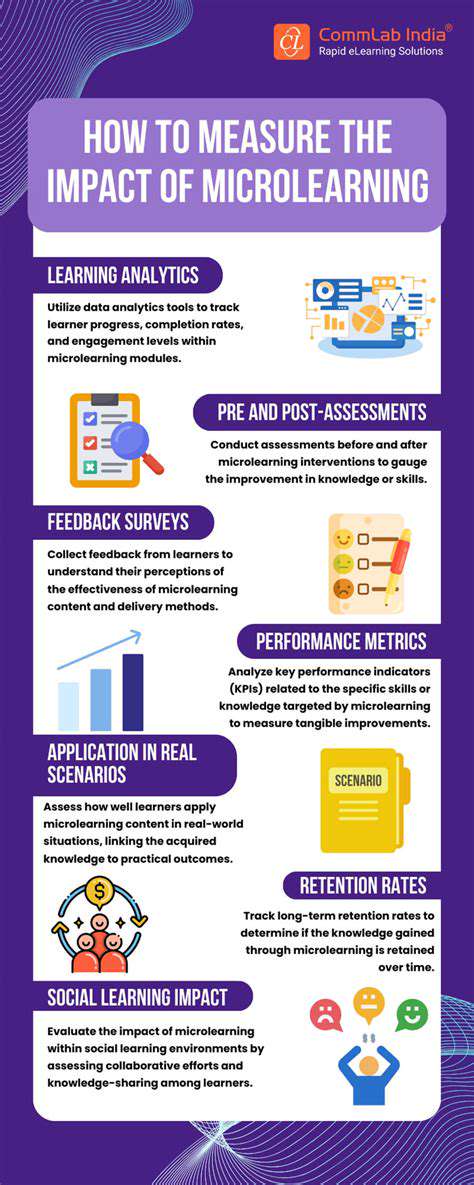Offline Mobile Learning: Bridging the Digital Divide
In today's increasingly digital world, access to online learning resources is often taken for granted. However, many students and learners face significant barriers to accessing these resources, whether due to unreliable internet connections, limited device access, or financial constraints. Offline learning materials offer a crucial alternative, providing a valuable supplement to online learning or, in some cases, serving as the primary method of instruction. This approach ensures that learning opportunities are not restricted by digital limitations.
The importance of offline learning extends beyond simply providing an alternative; it fosters a deeper understanding and retention of information. The act of physically engaging with materials, whether through textbooks, workbooks, or other offline resources, promotes active learning and encourages critical thinking.
Mobile Learning: Embracing Portability and Flexibility
Mobile learning, often referred to as m-learning, leverages the portability of mobile devices to create accessible learning experiences. This approach removes the constraints of fixed locations and allows learners to access educational content anywhere, anytime. The ability to access learning materials on tablets, smartphones, and other mobile devices offers a significant advantage, especially in underserved communities where access to traditional classrooms or libraries may be limited.
Bridging the Digital Divide: Offline Solutions for All
The digital divide, a significant disparity in access to technology and internet connectivity, disproportionately impacts many communities. Offline learning materials and mobile learning applications offer a powerful way to bridge this gap by making education accessible to individuals who may otherwise be excluded. By providing learning resources in a format that does not rely on internet connectivity, we can ensure equitable access to knowledge for all.
Adapting Curriculum for Offline and Mobile Environments
Creating effective offline and mobile learning experiences requires a thoughtful approach to curriculum design. Traditional classroom models often need to be adapted to incorporate the unique features of these learning environments. This includes prioritizing interactive activities, using engaging multimedia resources (where possible without internet connectivity), and focusing on practical application of knowledge.
Leveraging Technology for Offline Learning
While offline learning focuses on materials that do not require internet access, technology can still play a critical role. Digital tools, such as offline versions of educational apps, downloadable ebooks, and interactive PDFs, can greatly enhance the learning experience. These resources can offer a richer and more engaging learning experience than traditional print materials, fostering active participation and promoting deeper understanding.
Offline Learning Materials: Creating a Foundation
Developing high-quality offline learning materials is crucial for successful programs. These materials should be carefully curated, engaging, and relevant to the curriculum. They must also be accessible and easy to use, ensuring that learners can effectively utilize them to achieve their learning objectives. The production and distribution of these materials require thoughtful planning and collaboration between educators, designers, and community partners.
Empowering Learners through Self-Directed Learning
Offline and mobile learning often fosters a greater sense of self-direction among learners. By providing access to learning materials regardless of location or internet connectivity, learners can take ownership of their learning journey. This empowerment fosters a more active and engaged approach to learning, encouraging exploration and critical thinking skills, making learning a more personal and effective experience.
Curriculum Development for Offline Environments

Curriculum Design Considerations
Developing a robust curriculum for offline learning environments requires careful consideration of various factors. A key aspect is understanding the target audience and their prior knowledge and experience. This includes identifying learning objectives, aligning them with the specific needs and aspirations of the students, and tailoring the curriculum to their unique learning styles. Furthermore, the curriculum must be structured logically, with clear progression and milestones, to ensure effective knowledge acquisition and skill development.
The choice of teaching methodologies is crucial for offline learning. Interactive sessions, workshops, and hands-on activities can enhance engagement and understanding, fostering a more dynamic and participatory learning environment. Materials selection also plays a significant role. High-quality resources, including textbooks, supplementary materials, and multimedia content, can significantly impact the learning experience and provide students with a deeper understanding of the subject matter.
Assessment Strategies
Effective assessment strategies are vital for gauging student understanding and progress in an offline setting. Traditional methods like tests and quizzes can provide valuable insights into knowledge retention, but they should be complemented by other forms of assessment, such as projects, presentations, and practical demonstrations. These alternative assessment methods allow for a more holistic evaluation of skills and understanding, going beyond rote memorization.
Formative assessments, conducted throughout the learning process, provide valuable feedback to both instructors and students. Regular feedback loops enable instructors to adapt their teaching methods and address any knowledge gaps or misconceptions that may emerge. This iterative approach ensures a more personalized and effective learning experience.
Resource Management
Efficient resource management is essential for the success of any offline curriculum development. This involves careful planning and allocation of physical resources, including classrooms, equipment, and learning materials. Careful consideration must be given to the availability and accessibility of these resources, ensuring a consistent and supportive learning environment for all students. Moreover, effective communication strategies are necessary to keep all stakeholders, including students, instructors, and administrators, informed about the curriculum and its various components.
Financial considerations are also critical. Budgeting for materials, instructors' compensation, and other necessary expenses is vital to the program's sustainability and long-term success. Careful cost-benefit analysis can help prioritize resources and ensure that the curriculum remains accessible to the target population.
Technology Integration
While offline learning is primarily focused on physical interaction, integrating technology can significantly enhance the learning experience. This could involve using interactive whiteboards, digital learning platforms, and online resources to complement traditional classroom activities. Integrating technology effectively can help students visualize concepts, access additional information, and collaborate more efficiently. Care must be taken to ensure that technology is used strategically and does not detract from the core principles of offline learning.
Furthermore, technology can play a crucial role in creating engaging and interactive learning activities. Simulations, virtual labs, and online simulations can provide students with hands-on experiences and a deeper understanding of complex concepts. This can be particularly valuable for subjects where practical experience is crucial for mastery.
The omnichannel customer journey is a multifaceted experience that encompasses all touchpoints a customer interacts with a brand. This includes everything from browsing a website to interacting with a chatbot, making a phone call to a customer service representative, and even receiving targeted emails or social media messages. Understanding this intricate tapestry of interactions is crucial for businesses to deliver a seamless and personalized experience. This journey isn't just about the individual steps; it's about the interconnectedness and consistency of the experience across all channels.

